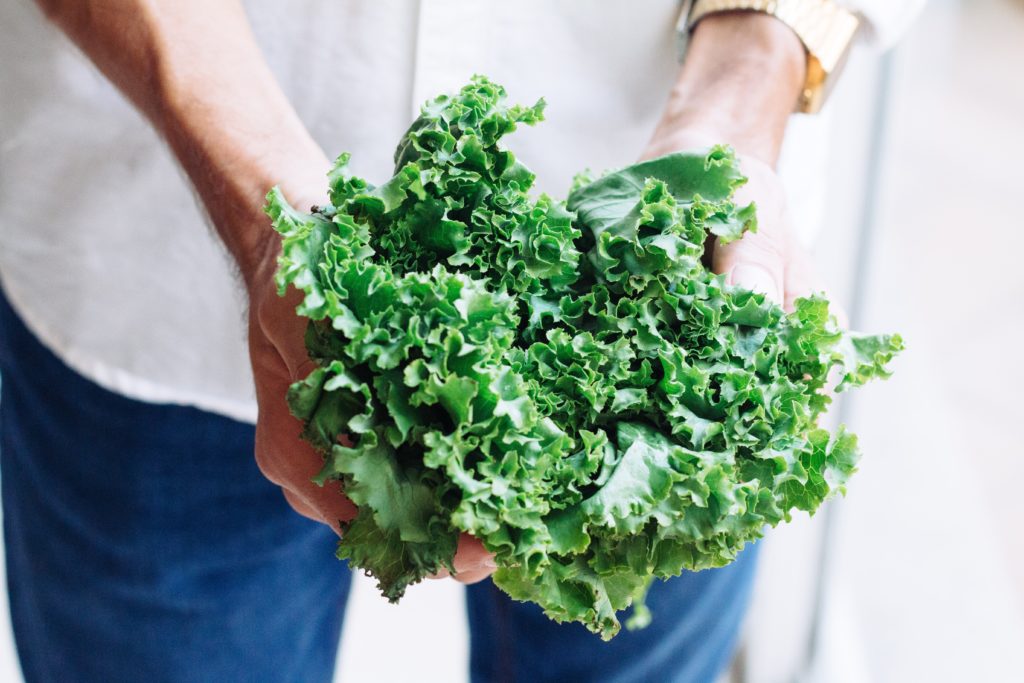All fields are required
Posted in E. coli,Food Safety,Our Blog,Outbreaks & Recalls on January 10, 2019

The water that’s irrigating our plants is making us sick. At least when it comes to the Yuma Romaine Lettuce outbreak. That’s the upshot of an excellent new investigation from Wired that looks into the spate of food poisoning that was caused by dirty lettuce grown in Yuma, Arizona. That incident killed five people, left more than two dozen with kidney failure, and put well over 200 in the hospital. The culprit behind the outbreak was a virulent strain of E. coli that had come from a nearby irrigation canal.
As Wired points out, this mess could easily have been avoided. For years, growers haven’t been required to test the water that they use to irrigate their crops for pathogens. That distinguishes irrigation water from the water that comes out of your sink, as well as the collective contents of our nation’s watersheds, aquatic features, and swimming holes, all of which are subject to testing for dangerous bacteria.
In 2011, the passage of the Food Safety Modernization Act laid out long-overdue provisions to mandate the testing of irrigation water by growers. Implementation of the FMSA is already well underway in some areas, but it has not survived in its entirely – under the Trump administration, some provisions have been delayed or cut entirely. The former is true for testing of irrigation water, which would have started implementation last year but instead isn’t scheduled to get off the ground until 2024, when testing is set to begin. The regulations won’t come into full force until 2026. That’s a full eight years after five lost their lives in the Yuma outbreak.
And, as Wired points out, this isn’t the first time that this sort of thing has happened. A 2006 spinach outbreak that killed three and left hundreds sick was also traced back to contaminated well water; this time, it had been tainted with feces from cattle and pigs. The furor over that outbreak inspired farmers of leafy greens in California and Arizona to set up a voluntary testing program the following year.
That program, unfortunately, was in place for the water that contaminated the lettuce in Yuma this year. Harrison Farms, which is the only lettuce producer who has so far been named in the ongoing investigation of the outbreak, was part of the voluntary agreement that emerged out of the 2006 outbreak. They told Wired in a statement that they test their water on a monthly basis, including for E. coli, and that an investigation in May indicated that nothing untoward was going on.
On the other hand, as laid out by the article, some farmers aren’t on board with the rules that were originally proposed by the Obama administration, fearing that the regulations are onerous and represent a cost that many small or medium sized farmers won’t be able to foot: “Allen, the Washington apple farmer, estimates that it would cost him about $5,000 for the first two years of testing his irrigation water. He thinks it’s a waste of time and money because no outbreaks have been tied to the state’s apples.
“I’m not gonna test,” he said. “If they want to throw me in jail, well then, OK, guess I have to go to jail.”
The Wired article comes not long after a fresh outbreak of E. coli from romaine lettuce spurred an unusual move from regulatory officials. Just before Thanksgiving, they issued a nationwide alert warning consumers to stay away from romaine lettuce – not any particular kind or brand of romaine, but romaine lettuce in general. This announcement came on the eve on a nationwide holiday that is explicitly centered around eating; in some parts of the country, eating lettuce on Thanksgiving might border on sacrilegious, but perhaps some of the more health-conscious among us might feel drawn to a salad in the face of all that macaroni and cheese and scalloped potatoes.
It turns out that the FDA was responding to a nationwide outbreak of E. coli O157 that had sickened more than 40 people across the country. A rash of victims in Canada had fallen ill as well. The source of the outbreak wasn’t clear at the time, and the FDA, foreseeing a night full of big dinners that might be accompanied by romaine in salad (however controversial) opted to issue a general romaine warning.
Now, less than a week after thanksgiving, they’ve provided some context for their announcement. At this point, they figure that the romaine lettuce was end-of-season product from California’s central coast (side note: this writer is from that same part of California, and there are indeed fields of romaine lettuce as far as the eye can see). They didn’t say in the announcement how exactly the romaine in question had come to be contaminated, or whether dirty irrigation water was once again involved.
What they did announce, however, was the institution of a voluntary labelling program to provide consumers with more information about their lettuce and where it was grown. That speaks to the problem with their ambiguous announcement on Thanksgiving, and with the outbreak of contamination last year in Yuma: you can inform consumers that there’s a problem with lettuce from a particular place, but they can’t do much with that information if nothing on their lettuce tells them where the contamination was from.
Voluntary labelling problems are all good and well. So are voluntary water-testing programs. What really makes the change, however, is law – laws, regulations, and rules that everyone has to follow, whether they want to or not. In the opinion of this writer, they’re a lot more effective and durable than voluntary agreements; whether the FDA will come to agree with this position in time we are yet to see.
By: Sean McNulty, Contributing Writer (Non-Lawyer)